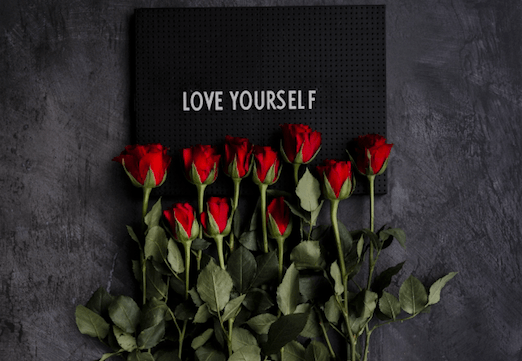Quit the Drama Cycle

The Rescuer
The rescuer's attitude is "Let me help you." However, instead of actually helping the victim by empowering them, they act as an enabler, feeling good about themselves for being capable and competent in comparison. In this way, their 'support' keeps the victim dependent and doesn't challenge them to try something unfamiliar, risk failure and experience the consequences of their actions. Why would the rescuer do this? Because with their energy focused on someone else, they can conveniently ignore their own shortcomings. Their concern for the victim’s needs is, in actual fact, and avoidance of their own problems, while potentially building up a sense of entitlement along the lines of "After all I have done for you ..." - a victim mentality of their own.
The Persecutor (or Blamer)
"It's all your fault." insists the Persecutor. Controlling, critical, oppressive, angry, authoritarian and superior, they might have been either in the victim position or in rescuer mode previously, and have had enough. However, whilst asserting their power, their rigid attitude isn't helping either. They can see that the victim-rescuer dynamic isn't leading anywhere, but they choose anger and frustration, instead of holding their opponents accountable in a resourceful way.
So what to do?
Watch the video below to see the full cycle play out and hear about strategies for a mature approach. Once you see it for what it is, it will be easier to take an empowering and solution-oriented stance and exit the cycle for good.






